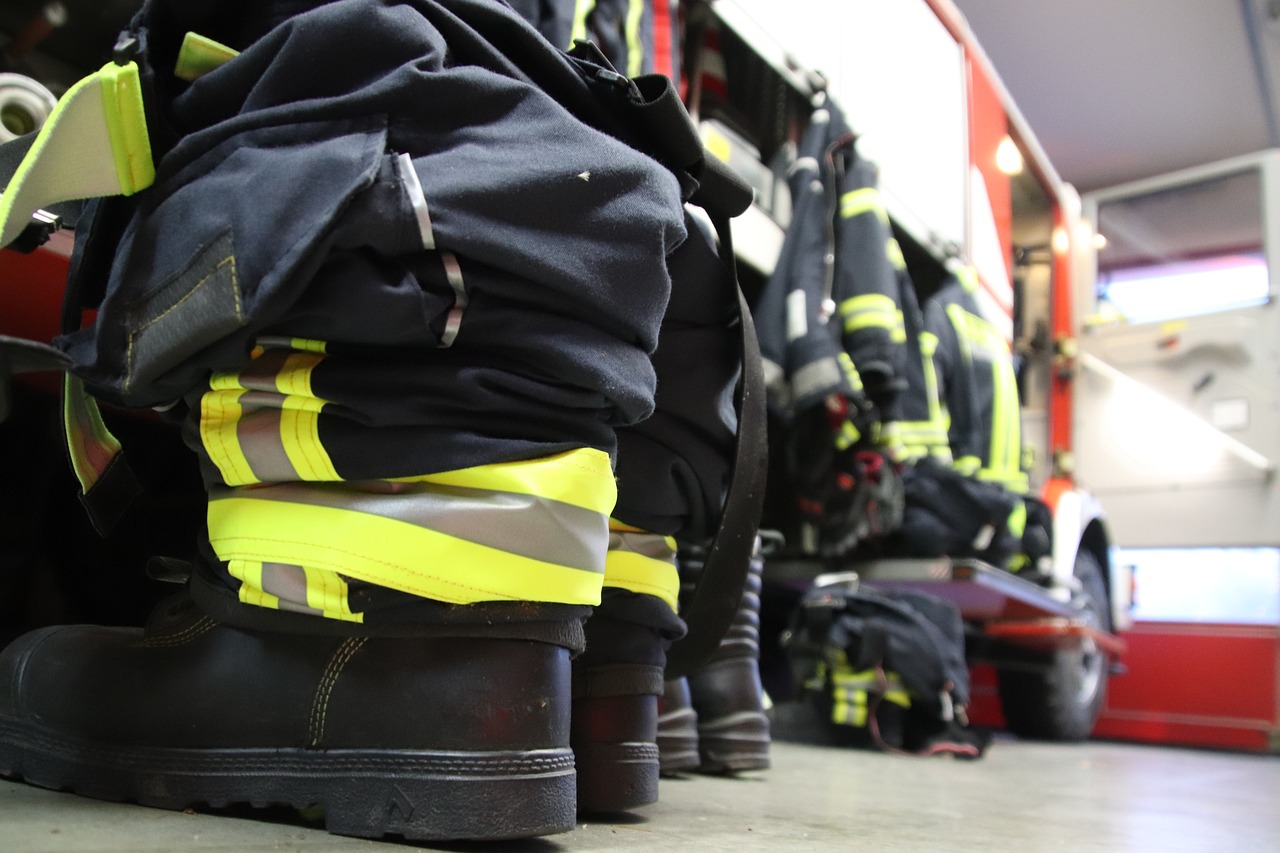Most incident command teams are well aware of the importance of safety protocols during emergencies and disasters. Safety vests and helmets are crucial personal protective equipment that can significantly reduce the risks faced by these teams in the field. In this blog post, we will discuss the reasons why safety vests and helmets are a must-have for incident command teams, exploring their role in ensuring the safety and effectiveness of operations in high-stress environments.
Understanding Incident Command Teams
Role and Responsibilities
Understanding the role and responsibilities of an Incident Command Team is crucial for effective emergency response. Incident Command Teams are responsible for managing and coordinating response efforts during a crisis or disaster. They are tasked with organizing resources, making critical decisions, and ensuring the safety of the community and responders.
Structure and Hierarchy
Incident Command Teams typically follow a structured hierarchy that allows for clear communication and efficient decision-making. This structure often includes positions such as Incident Commander, Operations Chief, Planning Chief, Logistics Chief, and Finance/Administration Chief. Each member has specific responsibilities and reports to the Incident Commander, who holds overall authority.
For instance, the Operations Chief is in charge of managing tactical operations in the field, while the Planning Chief is responsible for collecting and analyzing data to support decision-making. This hierarchical system ensures that tasks are delegated appropriately and that communication flows smoothly within the team.
Safety Vests in Incident Command
Visibility and Identification
Vests worn by Incident Command Team members play a crucial role in ensuring visibility and easy identification during emergency responses. The bright colors of safety vests make team members easily distinguishable in chaotic situations, allowing for efficient coordination and communication.
Standards and Regulations
An necessary aspect of safety vests for Incident Command Teams is adherence to standards and regulations set by relevant authorities. Compliance with these standards ensures that the vests meet specific requirements for visibility, reflectivity, and durability, enhancing the safety and effectiveness of the team.
For instance, the Occupational Safety and Health Administration (OSHA) in the United States specifies the ANSI/ISEA 107 standard for high-visibility apparel, including safety vests. This standard outlines the requirements for fluorescent background materials and reflective tape, ensuring that the vests meet visibility criteria in various work environments.
Helmets and Head Protection
Types of Helmets for Incident Command
Once again, when it comes to head protection for incident command teams, having the right helmet is crucial. Different types of helmets offer varying levels of protection and are designed for specific types of emergencies and operations.
| Type | Description |
| Structural Firefighting Helmets | Designed to withstand high temperatures and impact during fire operations. |
| Search and Rescue Helmets | Lightweight with a built-in LED light for visibility in low-light environments. |
| Tactical Helmets | Provides ballistic protection and can be equipped with communication devices. |
| Emergency Medical Services Helmets | Feature reflective strips and can accommodate medical accessories like goggles and face shields. |
| Wildland Firefighting Helmets | Designed to be lightweight and offer protection against heat and debris. |
Importance of Head Protection During Operations
To ensure the safety and well-being of incident command team members, helmets play a critical role in providing protection against head injuries in hazardous environments. Helmets offer protection from falling objects, debris, and impacts during emergency response operations.
It is imperative that incident command teams prioritize the use of helmets to minimize the risk of head injuries and ensure the readiness of personnel to effectively respond to emergencies. Proper head protection not only safeguards individuals but also enhances their overall performance and confidence during operations.
Best Practices for Safety Gear in Incident Management
Selecting the Right Equipment
Many incident command teams often overlook the importance of selecting the right safety gear for their operations. It is crucial to choose high-visibility safety vests and helmets that meet industry standards and regulations, ensuring maximum protection for team members working in hazardous environments.
Training and Compliance
To ensure the safety of incident command teams, it is important to establish a comprehensive training program that focuses on the proper use of safety gear and compliance with safety protocols. Regular training sessions should be conducted to educate team members on the importance of wearing safety vests and helmets at all times during operations.
Selecting the right safety gear is just the first step in ensuring the safety of incident command teams. Training and compliance play a critical role in ensuring that team members understand and adhere to safety guidelines, reducing the risk of accidents and injuries during emergency response operations.
To wrap up
Drawing together, safety vests and helmets are indeed crucial and mandatory gear for incident command teams. These safety equipment not only protect the team members but also help in identifying them easily during emergency situations. By ensuring that every team member wears the appropriate safety gear, the incident command team can effectively carry out their responsibilities and minimize the risk of accidents or injuries. Therefore, it is imperative to prioritize the safety and well-being of the team by making safety vests and helmets a must-have for all members of the incident command team.


